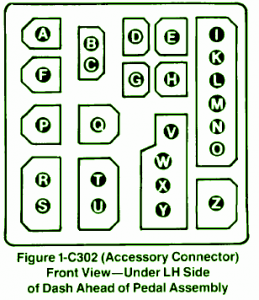Add a cheap stopwatch to this circuit to produce an accurate reaction timer. The circuit is wired in parallel with the start/stop button in the watch via a 2.5mm socket, which fits snugly in one corner of the casing. The person conducting the test (the "tester") resets the stopwatch and turns on the reaction timer’s power switch (S3).
The person being tested (the "subject") places his or her fingers near the "STOP" push-button switch (S4). Next, the tester covertly sets a delay time with VR1 and selects either the LED or buzzer alarm via S2. To initiate the sequence, the tester then presses the "START" switch (S1). This triggers 555 timer IC1, which is wired as a monostable. Its output (pin 3) goes high for 2-12 seconds as determined by the setting of VR1. At the end of this delay pin 3 goes low and triggers IC2, another 555 timer in monostable mode.
Circuit diagram:
 An Accurate Reaction Timer Circuit Diagram
An Accurate Reaction Timer Circuit Diagram
The output from IC2 (pin 3) activates the alarm (buzzer or LED) for about 0.5s. After inversion by Q1, it also triggers IC3, another 555 monostable. The positive pulse from IC3 turns on Q2, briefly closing the start/stop switch circuit in the watch. The watch starts to count up. After a short period, the subject reacts to the alarm and pushes the "STOP" button (S4), freezing the stopwatch. The reaction time can then be read off with 1/100th of a second accuracy.
Comparative reaction times could be measured when a subject is: rested or tired, silent or talking, before or after a night out, using a mobile phone, etc. For motoring realism, rig up dummy accelerator and brake pedals, with the brake switch making the stop contact. Or take it to your club and test people as they enter and after they’ve been "steadying their nerves" at the bar.
Author: A. J. Lowe - Copyright: Silicon Chip Electronics


























